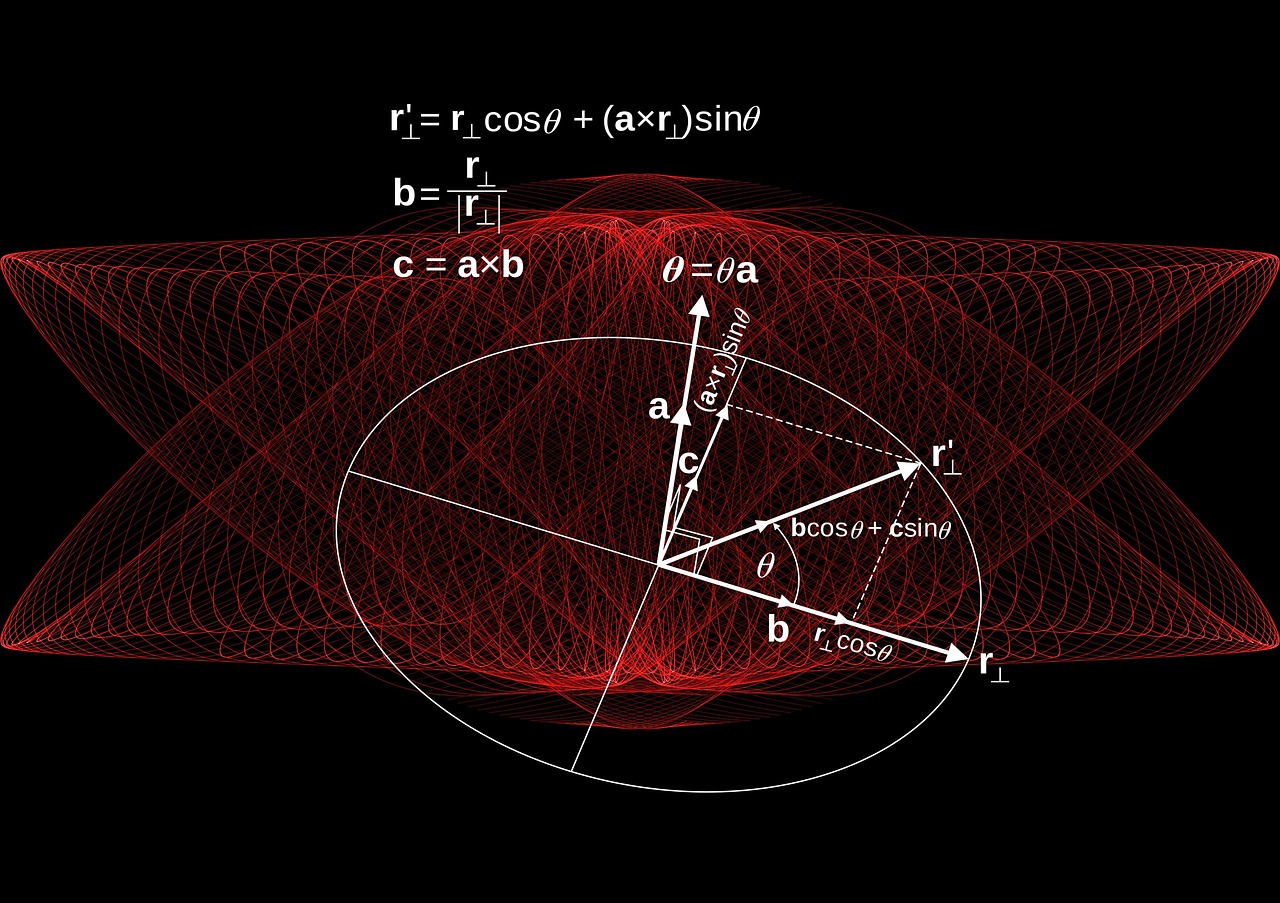Exploring the Duality of Potential Fields // Between the Scalar and the Vector in Modern Physics

Pixabay
A scalar field is a mathematical function that gives each point in space a numerical value called a scalar potential. This scalar force has no direction, only magnitude, which means that the quantity it describes is limited to the average value of the force at a given point. The basic relationship is the following:
V(r)= ∫F⋅dr
Where V(r) is the scalar potential of point r, F is the corresponding field vector and dr is the displacement factor Mara.
Potential scalar fields are often used in physics, especially electronics, where electric fields are defined as scalar fields related to electric fields. This concept is important for solving practical problems, such as calculating the amplitude of a given level.
Vector software fields:
Unlike potential fields, potential fields map to each point in the vector space rather than counting a single number. A typical example is the velocity field of a fluid system, where each point has a coordinate vector representing the velocity of the fluid at that point. The basic relationship between the field and the vector A is expressed by the formula:
F = -∇. TO
When ∇ is a nabla operator, it contains a small output in the spatial direction.
Vector fields are used in a variety of fields, from describing magnetic fields to modeling fluid flow. These parameters are important for understanding vector distributions and spatial transformations.
Scales and vectors support important scientific fields and principles, providing essential tools for modeling and understanding natural phenomena. Scalar fields focus on non-pathological conditions, while potential vector fields focus on many vectors, each of which plays an important role in different conditions. These mathematical tools are essential for solving problems and establishing the natural laws that govern our environment. Ultimately, learning these methods will open the door to a deeper and more accurate understanding of the world around us.
Bibliographic reference
Physics for Science and Technology, Vol. 2 by Paul Allen Tipler, 2021.